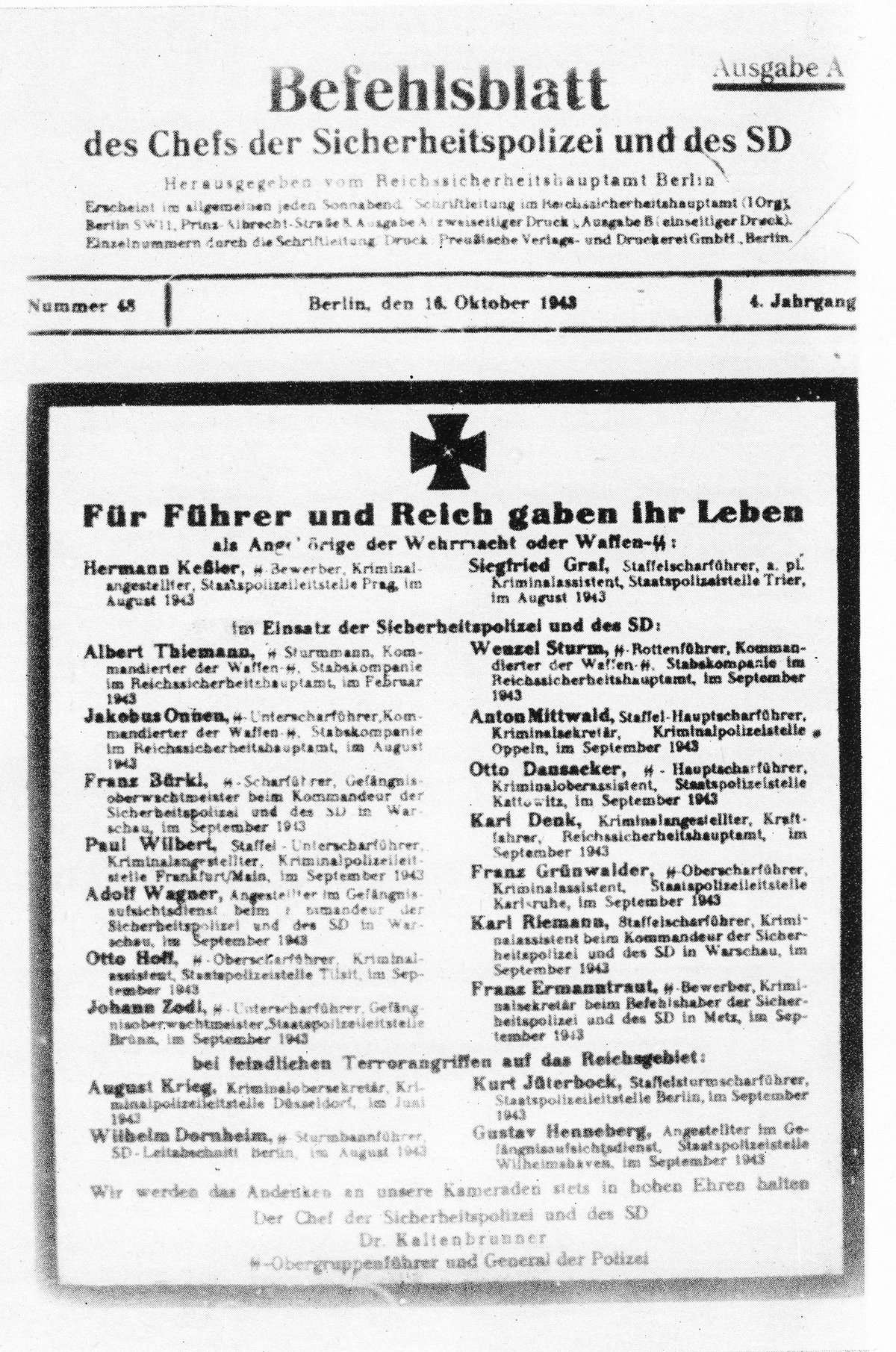
Pawiak Prison Museum: Visitor Guide, Hours, Tickets, and Historical Insights
Date: 14/06/2025
Introduction
The Pawiak Prison Museum, located in the Muranów district of central Warsaw, stands as one of Poland’s most poignant memorials to the suffering endured during World War II. Established on the site of the infamous 19th-century prison, Pawiak bears witness to the stories of over 100,000 prisoners, many of whom were victims of Nazi atrocities. Today, the museum preserves not only the physical remnants of the prison but also the memory of resistance, courage, and the enduring human spirit.
This guide provides comprehensive, up-to-date information for visitors, including opening hours, ticketing, practical tips, accessibility, and nearby attractions. Whether you’re a student of history, a traveler seeking meaningful experiences, or interested in Warsaw’s Jewish heritage, the Pawiak Prison Museum offers an immersive and reflective visit (war-documentary.info; AB Poland Travel; ekompas.pl).
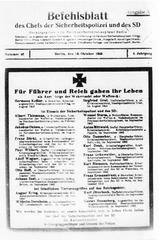 Biuletyn Informacyjny, concerning the mass execution of 530 inmates of Pawiak prison. The victims were murdered in the ruins of Warsaw Ghetto on 29th May 1943.">
Biuletyn Informacyjny, concerning the mass execution of 530 inmates of Pawiak prison. The victims were murdered in the ruins of Warsaw Ghetto on 29th May 1943.">
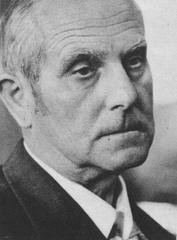
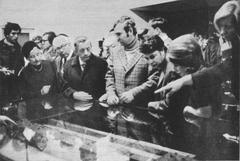
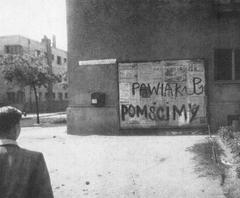
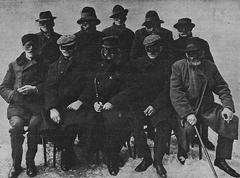

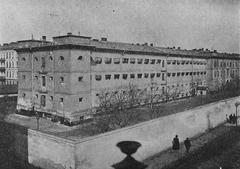
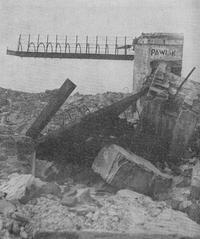
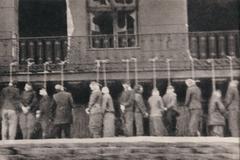
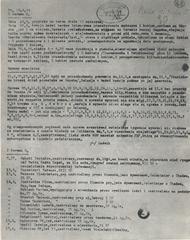
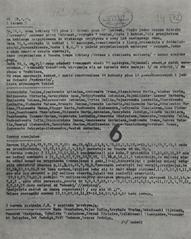
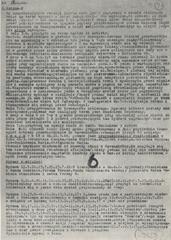
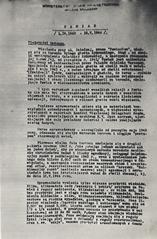
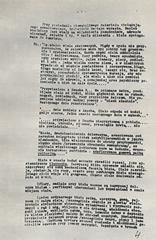
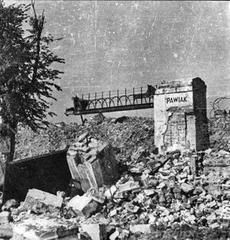
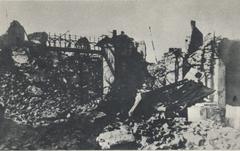
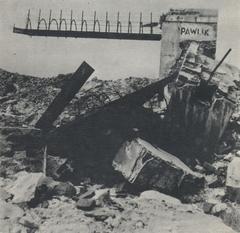
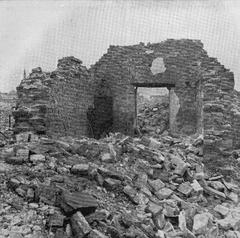
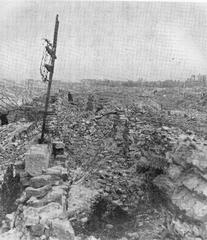
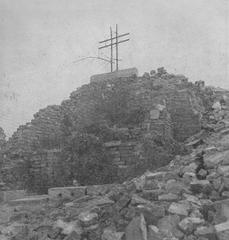

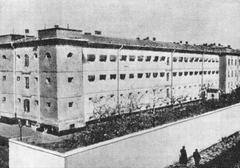
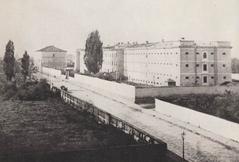
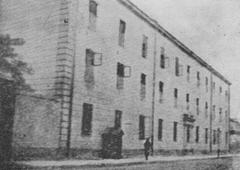
Historical Overview
Origins and Architectural Design (1830–1839)
Commissioned during Warsaw’s period under Russian rule, Pawiak Prison was designed by Italian-Polish architect Enrico (Henryk) Marconi, with support from Fryderyk Florian Skarbek. Construction began in 1830 and concluded by 1835, with the complex strategically situated between Pawia and Dzielna streets in a neighborhood with a significant Polish-Jewish population. The original design featured four tiers, with secure corridors, heavy doors, and strict surveillance measures. The prison initially held 428 male inmates in austere conditions, reflecting contemporary penal philosophies (war-documentary.info; holocausthistoricalsociety.org.uk; Wikipedia).
World War II and the Nazi Occupation
Pawiak’s most infamous chapter began during the German occupation (1939–1944), when it became the main Gestapo prison in Warsaw. Over 100,000 people were detained here, with roughly 37,000 dying inside or being executed, and an additional 60,000 deported to concentration camps (AB Poland Travel). The prison became a symbol of Polish resistance and Jewish suffering, as many prisoners came from the nearby Warsaw Ghetto.
Postwar Memorialization
After its destruction by the Nazis in 1944, the remaining gate and basement structures were preserved. The museum was established in 1965, with reconstructed cells and evocative exhibitions dedicated to the memory of those imprisoned and murdered at Pawiak (Warsaw Tourism Organization).
Planning Your Visit: Hours, Tickets, and Location
Opening Hours
- Tuesday: 10:00 AM – 5:00 PM
- Wednesday: 11:00 AM – 7:00 PM
- Thursday to Sunday: 10:00 AM – 5:00 PM
- Closed on Mondays
- Free admission on Thursdays
- Last admission: 30 minutes before closing
Always verify current hours on the official museum website as schedules may change due to holidays or special events.
Ticket Prices
- Standard adult: 20 PLN
- Concessions (students, seniors): 10 PLN
- Children under 7: Free
- Joint ticket: Access to Pawiak Prison Museum, Mausoleum of Struggle & Martyrdom, and Museum of the X Pavilion of the Warsaw Citadel within seven days
- Tickets available: On-site and online via the official website
(Lonely Planet)
Location and Access
- Address: 24/26 Dzielna Street, 01-008 Warsaw
- Nearest metro: Ratusz Arsenał (Line M1), ~10-minute walk
- Tram lines: 10, 17, 33 stop nearby
- Buses: Multiple lines serve Al. Jana Pawła II and Dzielna Street
- Parking: Limited street parking available
The museum’s central location makes it convenient to combine with other historical sites in Warsaw (ITS Poland).
Museum Layout and Exhibits
Indoor Exhibitions
- Reconstructed Cells: Five cells, including quarantine and death cells, recreated based on historical records and prisoner accounts.
- Corridors and Casemates: Original prison corridors and underground spaces, providing a chilling sense of authenticity.
- Artifacts: Personal belongings, documents, letters, diary fragments, and handmade items crafted by prisoners.
- Artistic Testimonies: Works by survivors like Maja Berezowska, a renowned artist imprisoned at Pawiak (ekompas.pl).
- Photographic Displays: Images documenting the faces and stories of inmates and the broader context of Nazi repression.
Outdoor Memorials
- Pawiak Tree Memorial: A bronze replica of the original elm where families left messages and tributes. Plaques bear the names of victims (warszawa.wyborcza.pl).
- Original Prison Gateway: Remnants of the gate and barbed wire, with three accessible original detention cells.
- Memorial Wall: Inscribed with epitaphs and symbolic sculptures (ITS Poland).
Visitor Experience
Duration and Atmosphere
A typical visit lasts 1 to 1.5 hours, though deeper exploration or guided tours may extend your stay. The museum fosters a somber and contemplative atmosphere—appropriate for the site’s significance (WhichMuseum).
Languages and Accessibility
- Exhibits: Polish, English, and German
- Guided Tours: Available in English and other languages for groups, by prior arrangement (In Your Pocket)
- Accessibility: Some underground areas may be challenging for those with limited mobility; contact the museum in advance for assistance.
Photography
Non-flash photography is allowed in most areas. Please be discreet and respect the solemnity, especially in memorial spaces.
Age Appropriateness
While open to all, the museum’s graphic and emotionally intense content is best suited for adults and older teens. Parental discretion is advised for younger children.
Etiquette and Responsible Tourism
Pawiak is a site of remembrance. Visitors are expected to speak quietly, dress appropriately, and refrain from disruptive behavior. Moments of silence are customary at the memorial tree and wall.
Special Events and Educational Programs
The museum hosts commemorations, educational workshops, lectures, and temporary exhibitions, especially on national remembrance days. Check the museum website for schedules and details.
Nearby Historical Sites
Enhance your understanding of Warsaw’s wartime history by visiting:
- POLIN Museum of the History of Polish Jews: Just 0.23 miles away, exploring Jewish heritage (WhichMuseum).
- Ghetto Heroes Monument: Memorializing the 1943 Warsaw Ghetto Uprising.
- Umschlagplatz: Site of deportations to Treblinka, 0.42 miles away.
- Warsaw Uprising Museum: Focused on the 1944 uprising.
- Palmiry Museum and Cemetery: Execution grounds for many Pawiak prisoners (ekompas.pl).
Notable Prisoners and Personal Stories
The museum highlights the stories of:
- Stefan Bronisław Starzyński: Warsaw’s mayor, executed by the Gestapo.
- Stanisław Moniuszko (descendant of the composer): Killed during Nazi occupation.
- Maja Berezowska: Artist and survivor, whose works are exhibited (ekompas.pl).
These stories emphasize both the tragedy and resilience found within Pawiak’s walls.
Practical Tips for Visitors
- Best Time to Visit: Early morning or late afternoon on weekdays for fewer crowds.
- Weather: Indoor museums with outdoor memorial areas; dress accordingly.
- Amenities: Restrooms and a small bookshop are available; no café on site.
- Souvenirs: Books and small commemorative items are available at the reception.
- Emotional Preparedness: Prepare for a moving and potentially intense experience; allow time for reflection.
Frequently Asked Questions (FAQ)
Q: What are the Pawiak Prison Museum’s opening hours?
A: Tuesday 10 AM–5 PM, Wednesday 11 AM–7 PM, Thursday–Sunday 10 AM–5 PM, closed Mondays. Last admission 30 minutes before closing.
Q: How much are tickets?
A: Adult: 20 PLN; concessions: 10 PLN; free on Thursdays.
Q: Are guided tours available in English?
A: Yes, for groups by arrangement. Book in advance via email or phone.
Q: Is the museum suitable for children?
A: The content is intense; recommended for older teens and adults.
Q: Is the museum accessible?
A: Some areas are challenging for visitors with limited mobility. Contact the museum for assistance.
Q: Can I take photographs?
A: Yes, non-flash photography is permitted; be discreet.
Q: How do I book tickets or tours?
A: Purchase tickets on-site or book group tours via email or phone.
- Email: [email protected]
- Phone: (+48 52) 511 95 10 (ITS Poland)
Conclusion and Recommendations
A visit to the Pawiak Prison Museum is a powerful journey into Warsaw’s past, illuminating stories of suffering, resistance, and remembrance. With thoughtfully curated exhibits, accessible visitor services, and a central city location, the museum offers a meaningful experience for all who wish to understand Poland’s wartime history. Respectful conduct and emotional awareness are essential for engaging with this living memorial.
To enrich your visit, consider exploring nearby historical sites and making use of available audio guides or booking a guided tour. For more information and updates, always consult the official museum website and trusted travel resources.
Official Museum Website and Credible Sources
- war-documentary.info
- AB Poland Travel
- ekompas.pl
- ITS Poland
- Warsaw Tourism Organization
- Lonely Planet
- Wikipedia
- WhichMuseum
For more guides on Warsaw’s historical and cultural sites, download the Audiala app and follow us on social media for the latest updates and tips.































































































































































